10 Cornstarch Alternatives That Will Save Your Recipe in a Pinch
Cornstarch is a go-to thickener for sauces, soups, and desserts, yet allergies or shortages call for alternatives.
Arrowroot powder, potato starch, and tapioca starch each provide thickening power with subtle differences in texture and clarity.
This guide to ten cornstarch substitutes ensures smooth, glossy sauces and puddings.
Understanding how to use each starch prevents lumps and maintains appearance.
Whether thickening gravies or fruit fillings, these swaps keep your dishes perfect.
Learn to replace cornstarch confidently and successfully.
Purpose of Using Cornstarch in Recipes
Cornstarch plays an important role in both cooking and baking. In sauces, gravies, and soups, it helps create a smooth, thick texture without adding any flavor of its own.
Just a small amount can turn a runny sauce into something rich and velvety. It’s also used in pie fillings and puddings to help them set properly without curdling.
When added to batters or used as a coating for frying, it helps food become crisp on the outside while staying tender inside.
In baking, it can soften the texture of cookies or cakes by making them lighter and less chewy.
Why Swap Out Cornstarch?
Dietary Needs: Some people avoid corn due to allergies, sensitivities, or personal diet preferences like grain-free or paleo.
Freezer Stability: Cornstarch can break down when frozen and thawed, so other options may hold up better.
Texture Differences: Some substitutes offer a softer, creamier, or firmer texture depending on the dish.
Nutritional Goals: Certain alternatives may offer more fiber or fewer processed ingredients.
Simple Replacements of Cornstarch
Cornstarch replacements thicken sauces, soups, and desserts while offering new textures. Various flours and starches serve as excellent alternatives. Discover which ones could fit your recipes.
Potato Starch
Potato starch stands out as a premier cornstarch substitute in many kitchens due to its neutral flavor profile and impressive ability to create crispy textures in fried dishes while tenderizing baked goods.
Professional chefs appreciate how this versatile ingredient functions perfectly as a thickening agent when mixed into a simple water slurry, working just as effectively as cornstarch without altering the taste of your recipes.
For best results, add potato starch at the end of cooking since it thickens much faster than cornstarch, using an equal one-to-one substitution ratio whenever you need this alternative.
The only notable drawback involves reheating limitations, making potato starch most suitable for smaller meals that you plan to consume in one sitting rather than dishes intended for leftovers.
All-Purpose Flour
Substituting all-purpose flour for cornstarch works well in many kitchen situations when you're in a pinch.
For thickening sauces or breading chicken, flour is a common alternative, though you'll need twice as much since it has only half the thickening power of cornstarch.
Flour creates noticeable differences in your finished dishes- sauces become opaque rather than shiny and translucent, while fried foods develop a thicker crust instead of the super-crisp exterior that cornstarch provides.
The taste and color of your dish may change depending on how much flour you use, so this substitution works best in recipes requiring smaller amounts of cornstarch (less than 2-3 tablespoons).
Baking presents a challenge where this swap falls short because cornstarch tenderizes baked goods, while additional flour only makes cakes and cookies dry and dense.
Rice Flour
Rice flour stands out as a top cornstarch substitute with its perfect two-to-one ratio, shining especially in fried foods and cookie recipes where tenderizing is key.
The texture becomes wonderfully crisp when used for frying chicken, creating that satisfying crunch we all love.
In baking, rice flour adds a delicate structure to cookies without making them tough, though it doesn't perform as well in cakes or sauces where it can turn gummy when heated – similar to what gives mochi and boba their distinctive chew.
For best results, simply use 2 tablespoons of rice flour for each tablespoon of cornstarch called for in your recipe.
Despite some cooks praising it for puddings, rice flour truly excels when used for crispy coatings rather than thickening applications.
Cassava or Tapioca Flour
Tapioca flour, made by grinding cassava roots and processing their starchy liquid, stands out as a popular gluten-free alternative to cornstarch.
This versatile ingredient works wonderfully in desserts, pie fillings, and sweet sauces where its thickening properties shine.
For best results, add tapioca flour after removing your dish from heat or when it has cooled slightly to avoid the gummy, stringy texture that can develop with excessive heating.
Unlike cornstarch, tapioca flour isn't ideal for soups or cakes due to its unique consistency when heated.
When making substitutions in recipes, simply use 2 tablespoons of tapioca flour to replace 1 tablespoon of cornstarch for perfect results.
Wheat Flour
Cornstarch substitution opens up many cooking possibilities when you run out of this common thickening agent.
Wheat flour stands as the most popular alternative, requiring a 2:1 ratio (two tablespoons of flour for each tablespoon of cornstarch) and must be mixed with water to form a paste before use.
Both ingredients come from similar grinding processes - cornstarch from corn and wheat flour from wheat grain.
The main differences appear in their nutritional profiles, with wheat flour containing more fiber and protein but also gluten, making it unsuitable for those with gluten sensitivities.
For the best results, this substitution works primarily in thickening sauces and gravies rather than fried foods, where it can leave a somewhat heavy finish.
Small experimental adjustments might be necessary since wheat flour doesn't produce quite the same clear-cut results as cornstarch in various recipes.
Psyllium Husk
Psyllium husk stands out as a remarkable low-carb alternative to cornstarch for thickening sauces and soups.
This plant-based soluble fiber creates a gel-like consistency when combined with water, making it perfect for gravies without adding unwanted carbs.
Most cooks appreciate its neutral flavor that won't alter the taste of dishes, plus the added health benefit of extra fiber that cornstarch simply doesn't provide.
For keto dieters, this substitute works in fried foods too, though you'll need to remove excess moisture from meats before cooking.
When using psyllium husk in recipes, a little goes a long way - just half a teaspoon replaces a full tablespoon of cornstarch, so start with small amounts and adjust as needed.
Xanthan Gum
Xanthan gum stands out as a remarkable substitute in gluten-free cooking because it perfectly mimics wheat flour's stretchiness in everything from cakes to bread.
This powerful ingredient also works wonders in dairy-free recipes, creating the creamy texture needed for ice cream and cheese sauces without actual dairy.
Many people rely on it as an excellent thickener for soups, stews, and gravies since just a tiny amount- less than a teaspoon- can thicken an entire pot.
Finding xanthan gum might require some searching as it's not as commonly available as other cornstarch alternatives on grocery store shelves.
For best results when substituting, the general rule is to use just 1/8 teaspoon for each cup of liquid in your recipe, always starting with less than you think you need since you can always add more.
Arrowroot Powder
Substitution with arrowroot powder for cornstarch follows a simple one-to-one ratio, making it an easy swap in recipes that need thickening.
When cooking, this alternative works best in dishes that won't need reheating since it doesn't hold up well to high temperatures and can actually become thinner if overheated.
For best results, always mix arrowroot with cold water first before adding it to your cooled soups or sauces, which helps prevent clumping and ensures smooth integration.
Many gluten-free and paleo recipes feature this ingredient, often paired with coconut or almond flour to create wonderfully tender baked goods without affecting the taste.
The process couldn't be more straightforward - just use exactly 1 tablespoon of arrowroot for each tablespoon of cornstarch called for in your recipe.
Glucomannan
Glucomannan offers an excellent substitution for those following low-calorie or low-carb diets since this plant-based soluble fiber contains zero calories and carbs.
Many health benefits come with this probiotic, including potential reduction of bad cholesterol levels and improved gut health.
Most people use glucomannan as a thickening agent in recipes, though baking applications work well too.
The gel-like consistency makes it unsuitable as a breading replacement, so fried food lovers should look elsewhere for substitutions.
Just remember that glucomannan thickens foods much more efficiently than traditional options, so the proper ratio is only 1/4 teaspoon of glucomannan for every 1 teaspoon of cornstarch you would normally use.
Ground Flaxseeds
Ground flaxseeds serve as an excellent vegan egg substitute due to their ability to absorb liquid and form a jelly-like consistency when mixed with water.
Their binding properties make them perfect for recipes like cookie dough where ingredients need to stick together.
The main drawback is their somewhat gritty texture, which might be noticeable in your finished dishes despite the welcome fiber boost they provide compared to cornstarch.
Many cooks avoid using flaxseeds in smooth sauces or delicate desserts where texture matters most.
For thickening purposes, adding ground flaxseeds gradually works well, with a recommended ratio of 1 tablespoon of ground flaxseeds plus 4 tablespoons of water to replace 2 tablespoons of cornstarch in recipes.
What Factors to Watch For When Substituting
When choosing a replacement, it's important to think about how the alternative behaves in heat, how much to use, and how it affects the look and feel of the dish.
Some substitutes thicken quickly but break down with long cooking. Others might need more time or higher heat to work properly. Some can turn a sauce cloudy or gritty if not used correctly.
You should also think about how the flavor or texture might change, especially if the dish is delicate. Always mix the substitute with a bit of cold liquid before adding it to hot ingredients to prevent clumping.
What You Should Avoid When Using Cornstarch Alternatives
Pre-Mixing Step: Skipping this can cause clumps, since many alternatives need a cool liquid to blend smoothly.
Heat Sensitivity: Some thickeners lose power or change texture when cooked at high temperatures.
Speed of Adding: Pouring too quickly can lead to uneven texture or over-thickening.
Timing in Recipe: Certain substitutes thicken at different times, so adding them too early or late affects results.
Quantity Control: Using too much may turn sauces sticky, gluey, or overly thick.

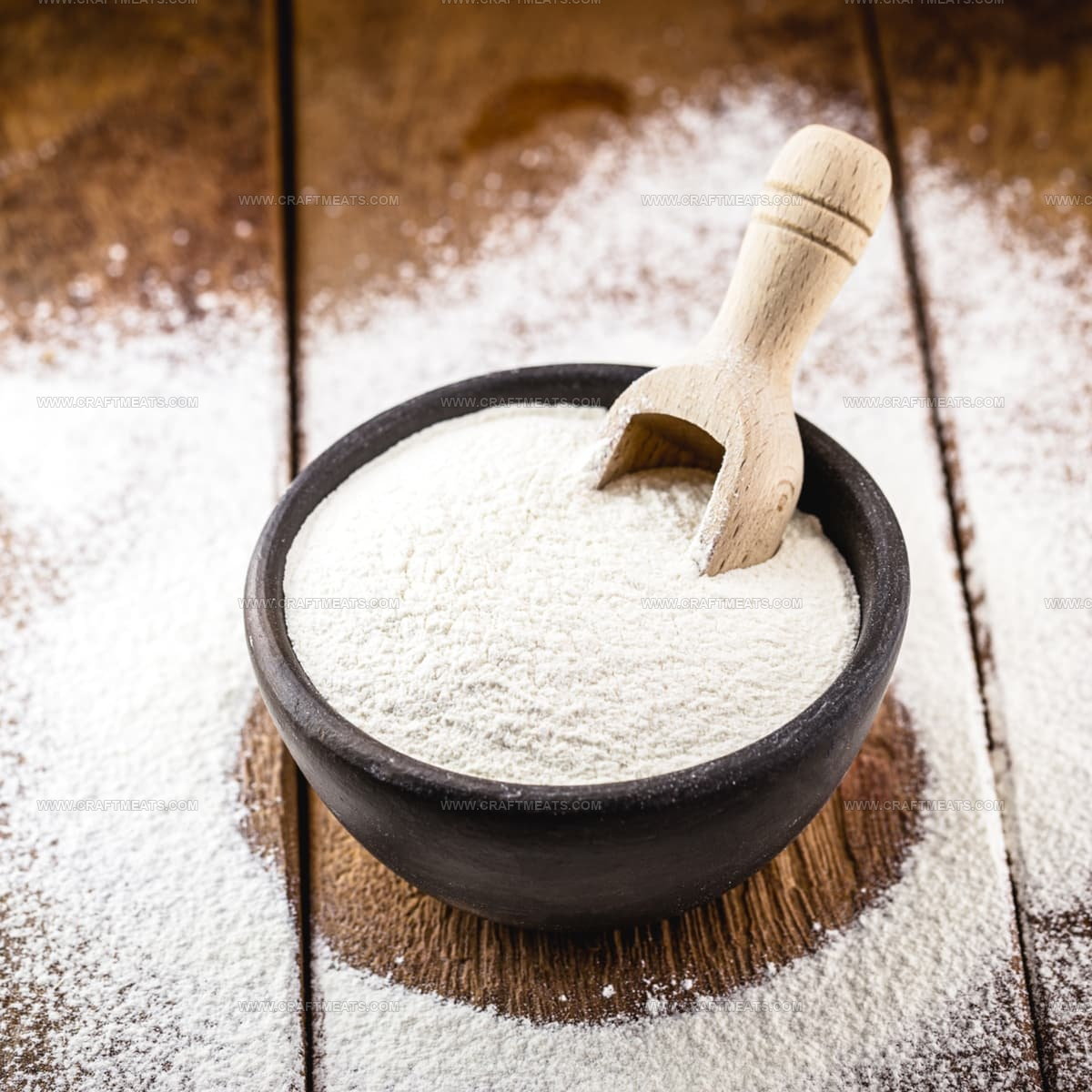

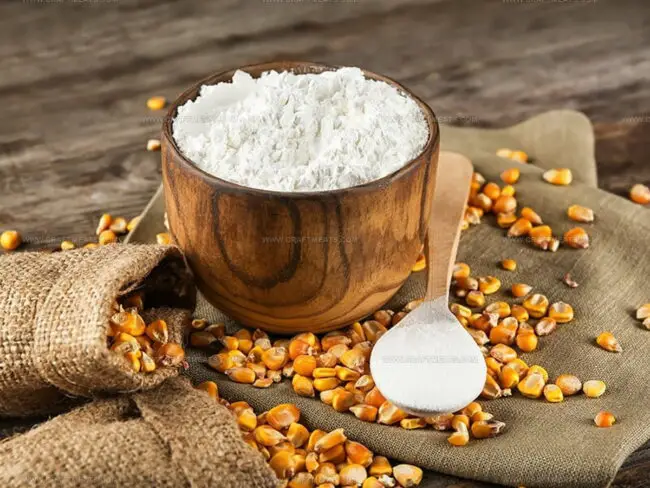
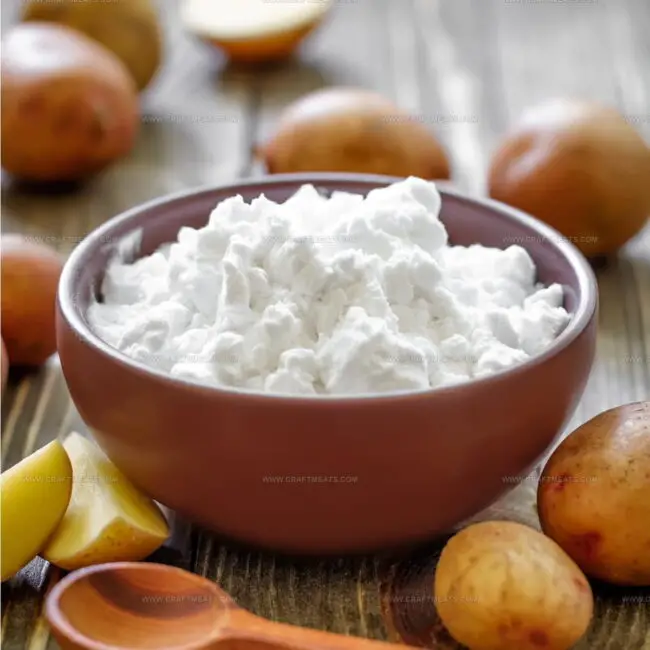
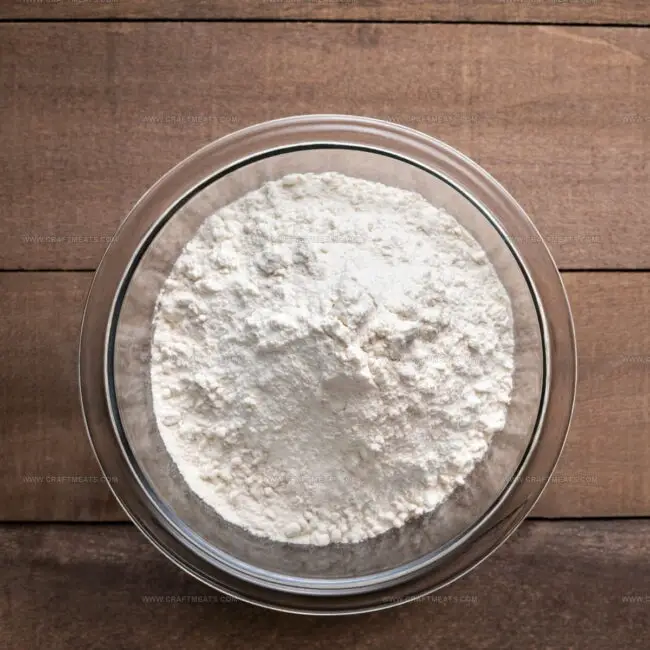
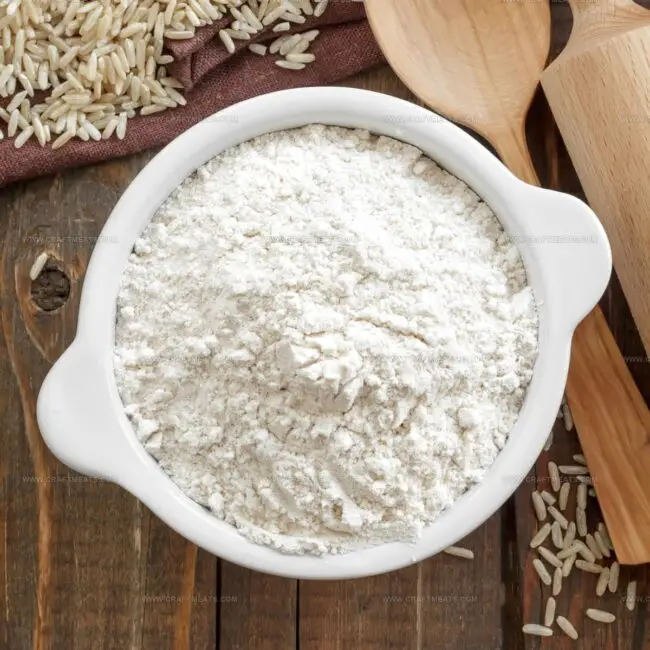
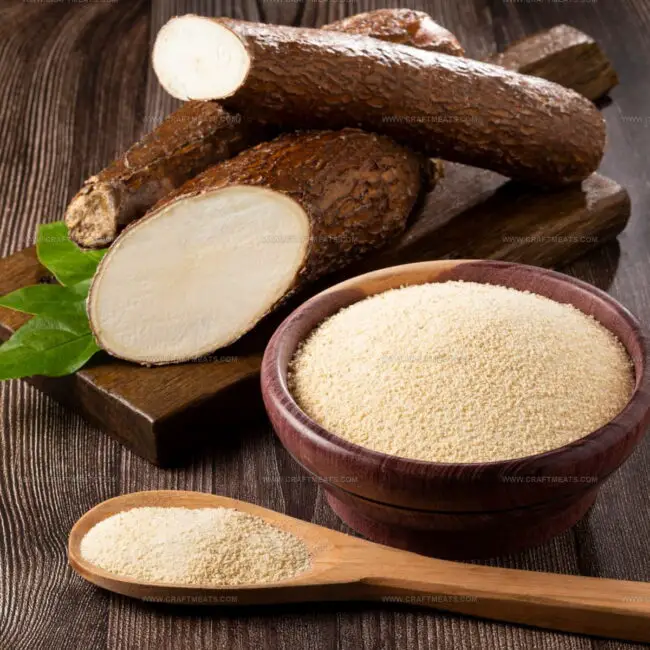
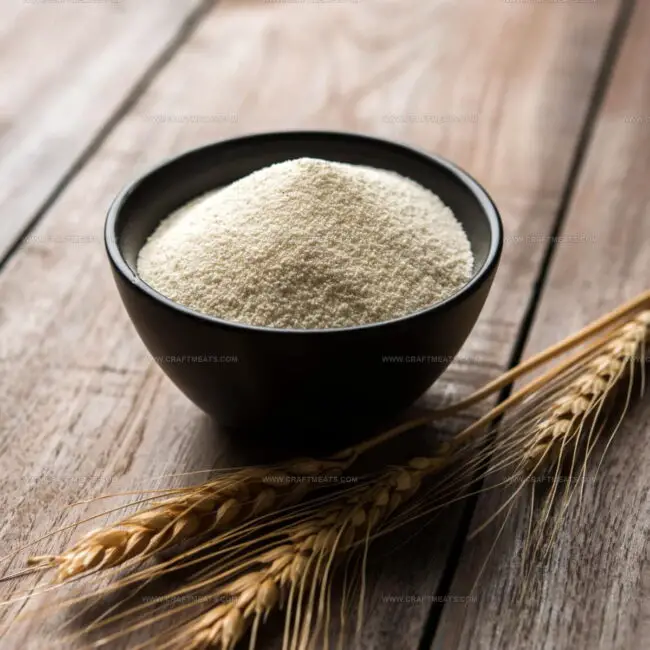
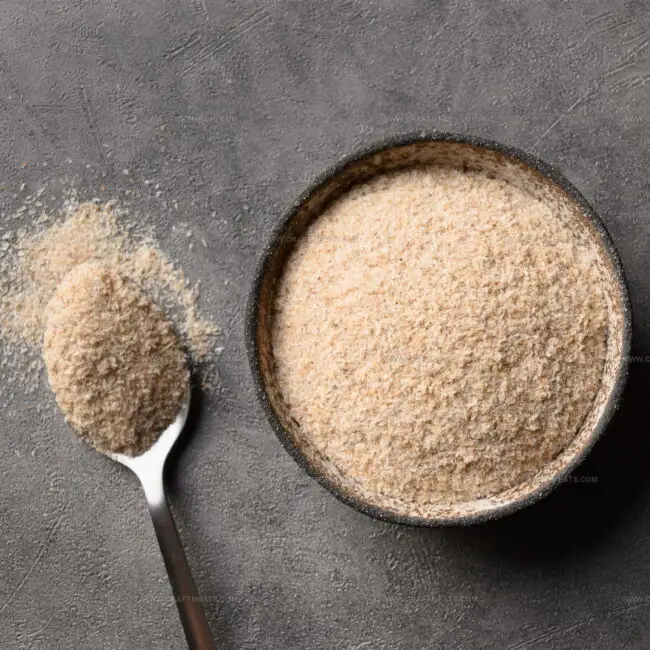
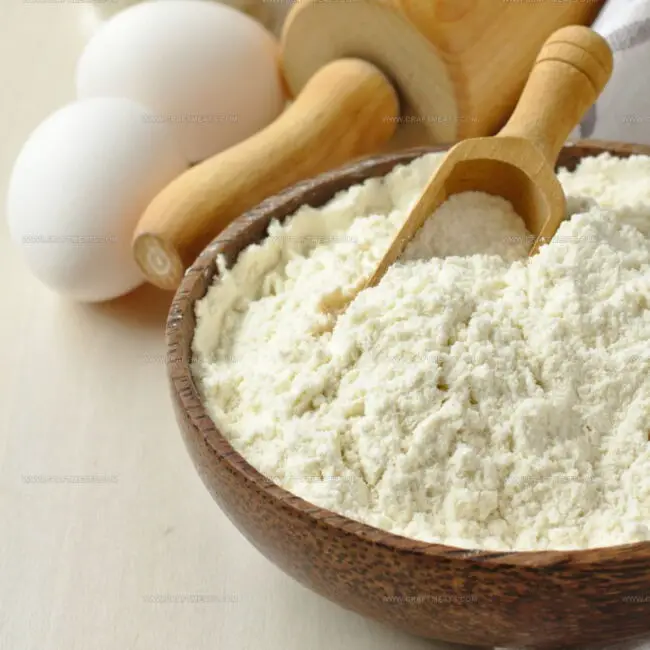
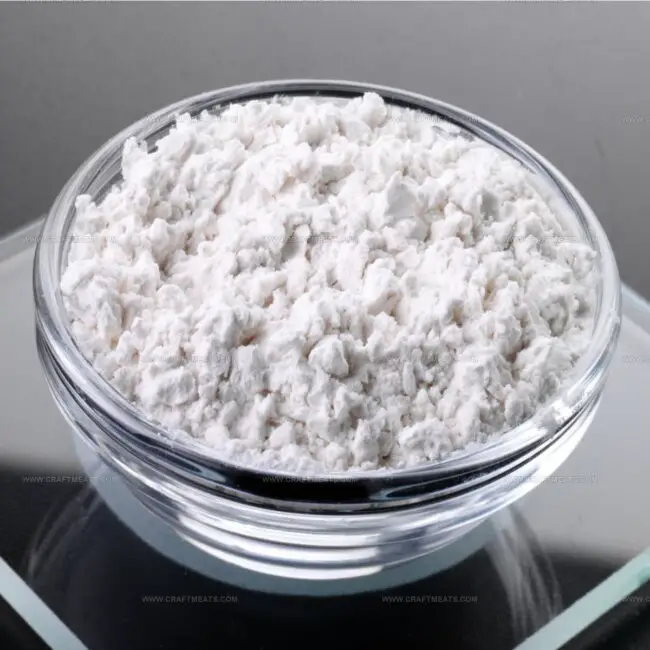

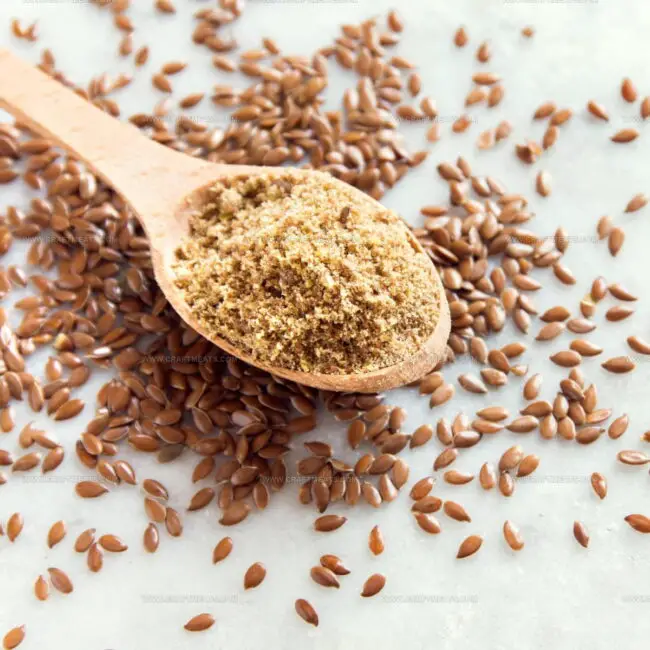
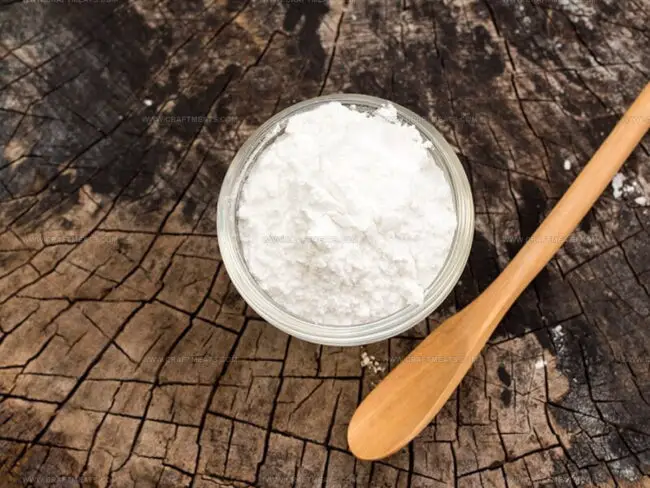
Liam O’Sullivan
Founder & Culinary Content Creator
Expertise
Recipe Development, Traditional Irish and European Cuisines, Food Styling and Photography, Culinary Education
Education
Dublin Institute of Technology (DIT) – School of Culinary Arts and Food Technology
Ballymaloe Cookery School
Isabella brings a global spark to the Craft Meats table. Born in Florence and trained at the Apicius International School of Hospitality, she blends classic Italian flavor with modern writing that’s easy to follow and hard to forget.
Her additional training at the Italian Chef Academy fueled her love for well-crafted dishes, especially ones that spotlight beautiful cuts of meat.
She’s a food writer with heart, and a deep love for storytelling through single recipes. Her goal? To help you cook with more confidence and a little more joy, no matter where you start.